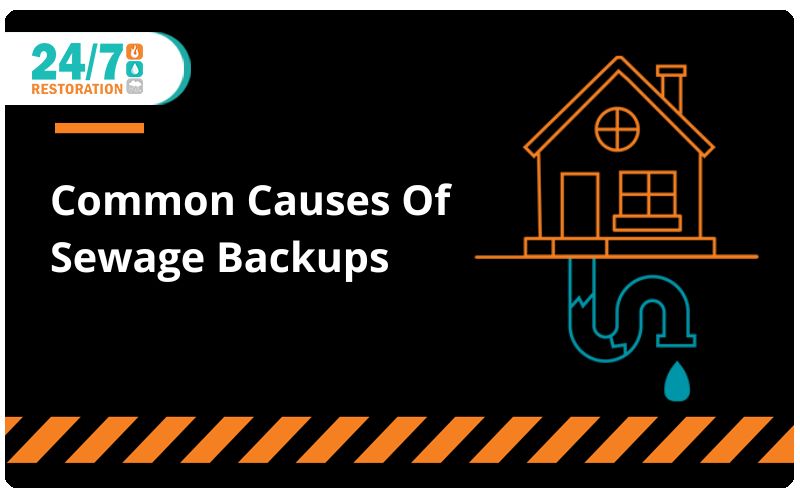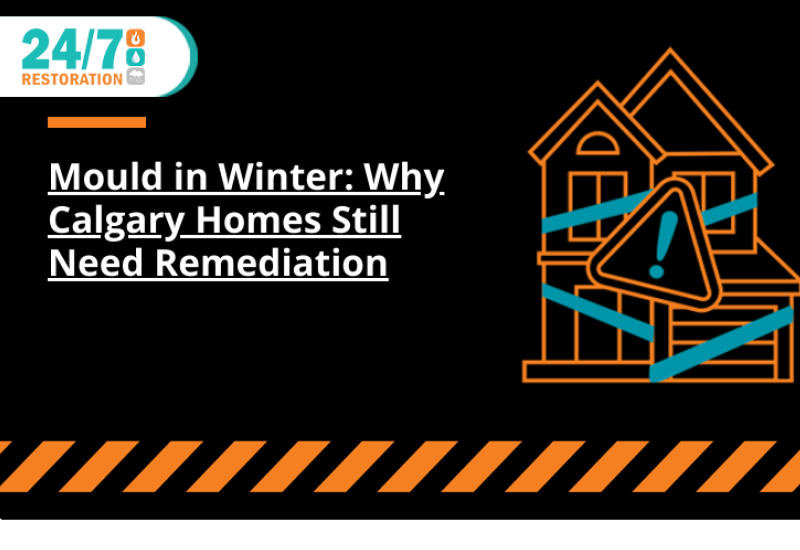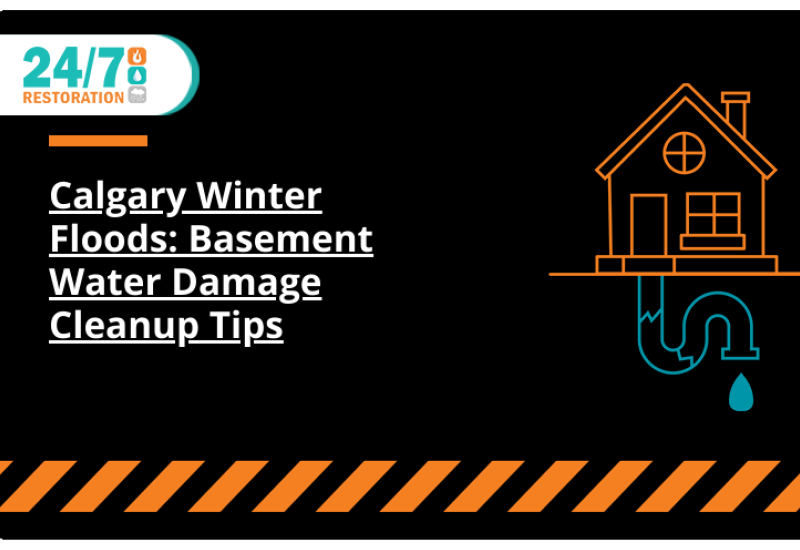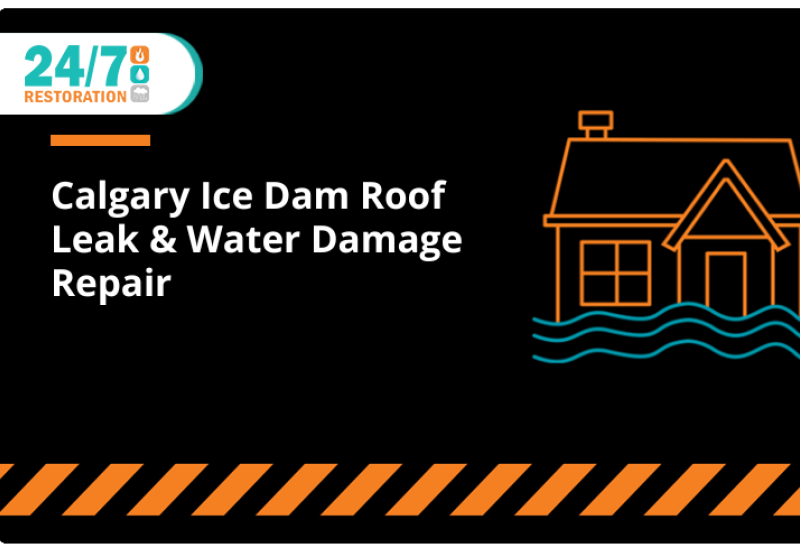Potential Causes Of Sewage Backups
Flooding
If there are heavy rains or snowmelt, the sewer main may become overwhelmed and this can lead to backups in the home. Either water will start backing up into the home due to increased water in the public drainpipes, or water flow will be limited and backups may occur when you attempt to use the drains in your home. There is little you can do in the moment to stop these backups, but you can take preventative measures. Installing a backflow valve in your pipes prevents water from going the wrong way through your pipes while still allowing your waste water to flow out in the proper direction.
Soil Sediment
If the soil supporting your pipes becomes washed away over time or suddenly (often caused by flooding or other extreme weather) the pipes will not have adequate support and can collapse. If this happens, the flow of water will be disturbed or completely blocked and water will not be able to leave, causing a sewage backup.
Tree Roots
When pipes develop small cracks, the moisture leaking out of the pipes attracts tree roots. These roots will seek out water sources and grow toward the pipes. Eventually, the tree roots will begin growing into the pipe. This will block the flow of water as the root grows larger and it will cause the crack to continue to expand. As tree roots develop, the risk of sewage backups increases. If your pipes are older or if you have lots of trees in your yard, be cautious of tree root growth.
Age
Older sewage lines are prone to cracking, tree root growth, cumulative buildup, and more. Older sewage lines are at the most risk of damage because they have been exposed to the elements for longer and they are often made out of materials such as cast iron or clay which can crack as they age. Older sewage lines may also have a cumulative buildup of scale, grease, or other materials that gradually shrinks and limits water flow. To prevent sewage backups, old sewage lines should be replaced.
Design
The way the pipes were designed when your home was built can influence how well water drains. If the lines were poorly designed, water flow might be limited and sewage backups can occur. If your home is prone to sewage backups and you can’t find evidence of clogs, overwhelmed drains, or if your pipes are new, the issue may be with the design of the pipe system.
Sewage Backup Cleanup From 24/7 Restoration
If you have a sewage backup, do not attempt to clean it up yourself since sewage water is filled with dangerous bacteria and microbes that can cause illness. Instead, call 24/7 Restoration for sewage backup cleanup. Our team of professionals understands the dangers of sewage spills and is fully trained to safely and effectively deal with any sewage situation. We ensure that all potentially hazardous sewage spills are quickly contained and thoroughly cleaned to prevent the spread of illness or the development of mold. If a sewage backup occurs in your home, call 24/7 Restoration any time day or night at 1-403-247-4365. You can also contact 24/7 Restoration through the online contact form.
FAQ
Q: Can I use bleach to clean up my sewage backup myself?
A: No. While bleach kills 99% of common household germs it DOES NOT remove or kill the contamination caused by black water. While bleach may clean the stains associated with a sewer backup the contamination left behind still poses significant health risks.
Q: How quickly can mold start to grow if the water is not properly removed?
A: Mold can start growing within 72 hours of exposure to moisture.
Q: What happens when I call 24/7 Restoration for sewage backup service?
A: We offer a 24-hour emergency line that will immediately connect you with one of our skilled and professional project managers. We will promptly inspect the damage while providing the education and clarity needed to help you now and in the future. Once we have made a plan together, our team of expert technicians and plumbers will get to work with care and diligence, repairing your current needs and safeguarding you from any potential future issues. When you choose to work with 24/7 Restoration for your Sewage Backup needs, you can expect:
- A skilled, experienced, and IICRC (Institute of Inspection Cleaning and Restoration Certification) certified team
- State-of-the-art equipment
- Daily monitoring for secondary issues such as mold buildup
- A dedicated person on-call to answer any and all of your questions




